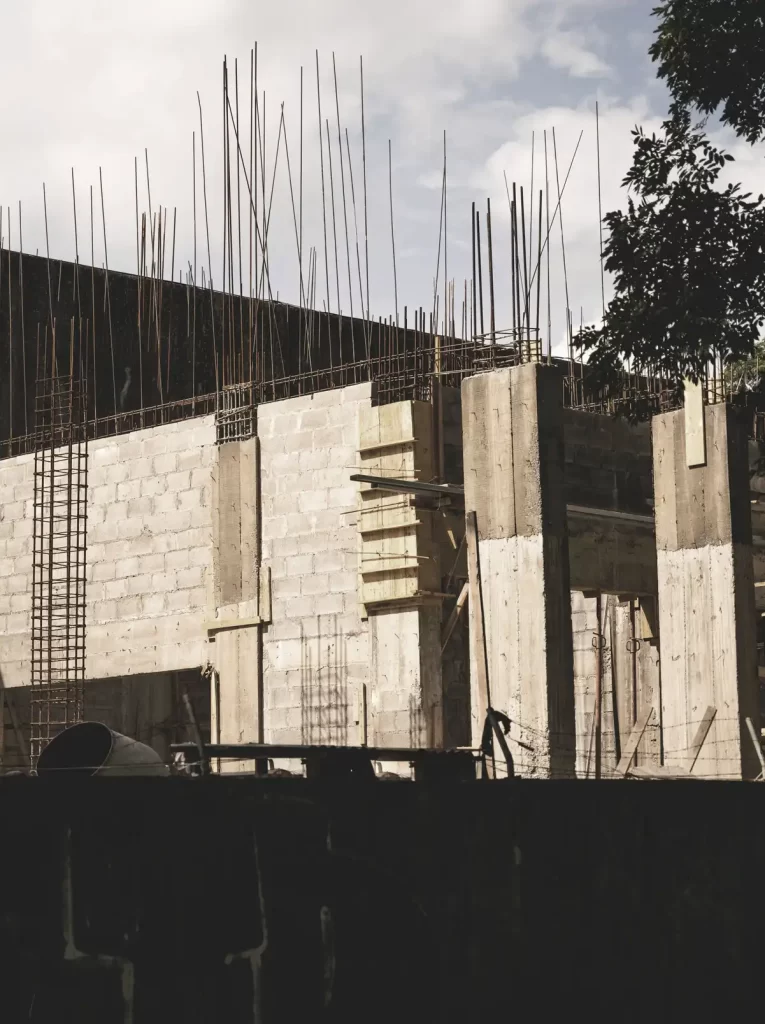

Concrete hasn’t changed much in decades—but the way we reinforce it has. Across job sites worldwide, experienced engineers and contractors are moving away from traditional steel mesh and toward high-performance synthetic fibers like ConFib. Why?
Technical Properties of Fibrillated Microfibers
Fibrillated microfibers are typically produced from synthetic polymers such as polypropylene (PP), polyethylene (PE), or polyvinyl alcohol (PVA). The fibers generally have a diameter ranging from 10 to 50 microns and lengths between 6 and 19 mm. The fibrillated structure increases the surface area of the fibers, enhancing their bond with the cementitious matrix.
Key technical parameters include:
- Density: 0.91–0.92 g/cm³ (for polypropylene)
- Tensile strength: 350–600 MPa
- Elastic modulus: 3–5 GPa
- Melting point: 160–170°C (for polypropylene)
- Alkali and chemical resistance: High
Effects on Concrete Performance
Fibrillated microfibers improve both the fresh and hardened properties of concrete in several ways:
- Reduction of Plastic Shrinkage Cracking:
During the first hours after casting, plastic shrinkage cracks can develop due to rapid moisture loss. The uniform distribution of microfibers acts as a three-dimensional network, significantly reducing the formation of these cracks by restraining volumetric changes. - Early-Age Strength Enhancement:
Fibers arrest the propagation of microcracks before the concrete has fully set, which is particularly beneficial for precast elements that are demolded at early ages, minimizing the risk of handling damage. - Improved Impact and Abrasion Resistance:
Fibrillated fibers help absorb impact energy, making them especially advantageous for industrial floors and surfaces exposed to heavy traffic and mechanical wear. - Enhanced Fire Resistance:
Polypropylene fibers melt at 160–170°C, creating microchannels within the concrete during a fire event. These channels facilitate the release of vapor pressure, thereby reducing the risk of explosive spalling.
Application and Dosage
Fibrillated microfibers can be added directly to the concrete mix at the batching plant or on-site. The typical dosage ranges from 0.6 to 1.0 kg/m³, depending on the intended application. The fibers do not significantly affect workability and do not complicate pumping or placement operations.
Key considerations for mixing:
- Fibers should be added gradually and distributed evenly throughout the mix.
- At higher dosages, increased mixing time may be required to prevent fiber balling.
- The water/cement ratio generally does not need adjustment, but superplasticizers may be used at very high fiber contents to maintain workability.
Standards and Certification
The use of fibrillated microfibers in concrete should comply with the following standards:
- ASTM C1116: Standard Specification for Fiber-Reinforced Concrete
- EN 14889-2: Fibres for Concrete – Polymer Fibres – Definitions, Specifications, and Conformity
These standards define the physical and mechanical properties of the fibers as well as their performance within the concrete matrix.
Conclusion
Fibrillated microfibers act as micro-reinforcement within the concrete matrix, bridging cracks and preventing their initiation and propagation. Technically, they enhance both fresh and hardened concrete properties, providing significant improvements in fire, impact, and abrasion resistance. When applied at the correct dosage and with proper mixing, they offer a more homogeneous and reliable reinforcement compared to traditional methods.

